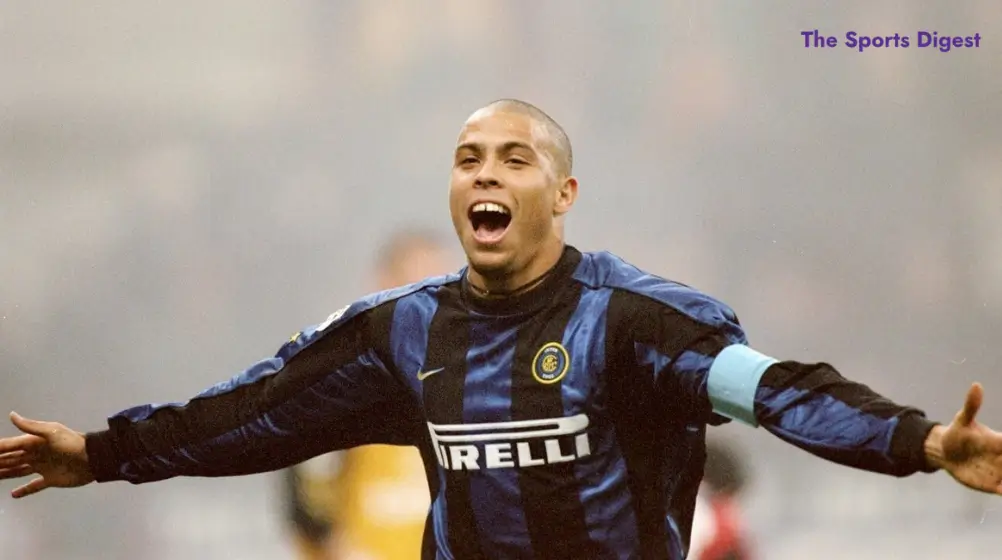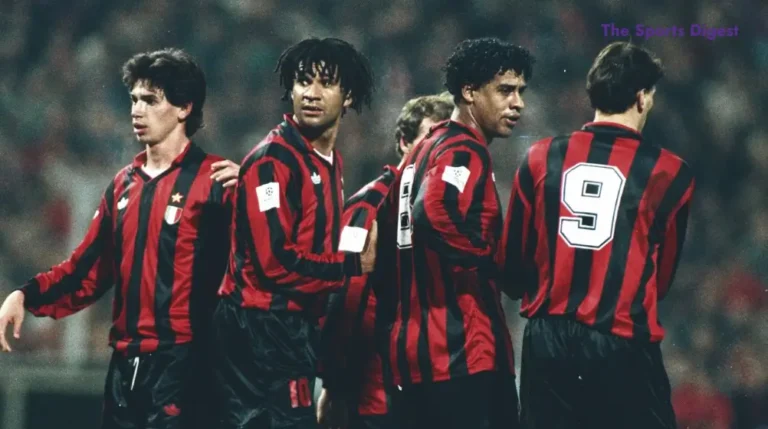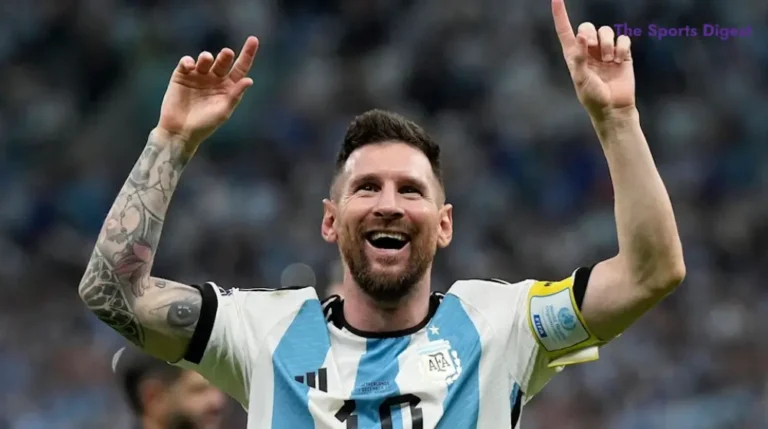Inter Milan: Ronaldo’s Tale of Brilliance
In the summer of 1997, the footballing world watched in awe as Inter Milan unveiled their new signing – a 20-year-old Brazilian phenomenon named Ronaldo Luís Nazário de Lima. The transfer sent shockwaves through European football, not just for its then-record fee of £19.5 million, but for what it represented: Massimo Moratti’s ambitious declaration that Inter Milan were ready to challenge for supremacy again.
Table of Contents
The Phenomenon Arrives: Inter Milan
When Ronaldo joined Inter, he wasn’t just another talented footballer; he was already being described as a “force of nature,” a “fantasista” who defied conventional understanding of what was possible on a football pitch. Barcelona fans were devastated to lose him after just one season where he had scored 47 goals in 49 appearances. In Italy, journalists scrambled for new superlatives, with one famously dubbing him a “PlayStation attacker” made real – his skills seemingly more appropriate for video games than the tactical battlegrounds of Serie A.
His arrival instantly lifted the gloomy atmosphere that had enveloped the Nerazzurri. For years, Inter fans had watched their city rivals AC Milan dominate both domestically and in Europe. The Rossoneri boasted a dream team featuring Dutch trio Marco van Basten, Ruud Gullit, and Frank Rijkaard, later replaced by equally formidable talents. Milan’s five league titles between 1991 and 1996, alongside their Champions League triumphs, had cast a long shadow over the blue half of the city.
Moratti, who had taken over as Inter president in 1995, was determined to restore the club to its former glory. After initial disappointments with signings like Paul Ince and Roberto Carlos (who would ironically later become Ronaldo’s teammate at Real Madrid), he made his boldest move yet in securing “Il Fenomeno.”
The First Season: Promise Fulfilled at Inter Milan
Ronaldo’s impact was immediate and electric. Inter went undefeated in their opening 12 games of the 1997-98 season, with the Brazilian scoring prolifically. Even the most disciplined Italian defenses – in an era when Serie A was renowned for its tactical defensive mastery – looked bewildered against his combination of raw power, blistering pace, and balletic technical skill.
His dribbling was spellbinding; where other strikers might take the safe option, Ronaldo would slalom through multiple defenders, changing direction with impossible ease despite his muscular frame. One particular goal against Lazio saw him collect the ball near the halfway line, accelerate past three defenders as if they weren’t there, feint to send another the wrong way, and finish with clinical precision. The San Siro erupted in disbelief – this wasn’t just football; it was art.
By mid-season, Inter were genuine Scudetto contenders, challenging Juventus for the title in a way they hadn’t managed for years. The pivotal moment came in the Derby d’Italia against Juventus in April 1998. With the title race finely balanced, controversy struck. Referee Piero Ceccarini denied Inter what appeared a clear penalty when Ronaldo was fouled in the box, then immediately awarded Juventus a spot-kick at the other end. The decision sent Moratti and the Inter bench into furious protests. Juventus went on to win the title, while Inter’s sense of injustice festered.
Despite the domestic disappointment, Ronaldo led Inter to UEFA Cup glory, scoring in the final against Lazio. But even during this brilliant first season, warning signs were emerging – his body seemed constantly trying to keep up with the extraordinary demands his playing style placed upon it.
The Beginning of the End at Inter Milan
The 1998-99 season brought increasing concern. Ronaldo’s appearances became more sporadic, his explosive acceleration sometimes tempered by caution. His goal tally dropped, though his influence remained significant whenever he played. Inter still dreamed, but the dream was becoming fragile.
Then came November 21, 1999 – a date etched painfully in the memories of Inter fans. Just five minutes into a Serie A match against Lecce, Ronaldo’s knee gave way in an innocuous moment. The tendon had ruptured completely, the same knee that had been troubling him. The images of him writhing in agony were heartbreaking – a superhuman talent reduced to human vulnerability.
What followed was a grueling rehabilitation process, with Ronaldo determined to return stronger. Inter and their fans waited patiently, clinging to the hope that their talisman would recapture his former glory. After months of careful recovery and preparation, the moment finally arrived in the 2000 Coppa Italia final against Lazio.
The stadium buzzed with anticipation as Ronaldo entered as a second-half substitute. Just seven minutes later, the cruellest blow: attempting a routine feint, his knee collapsed again. No contact, just the same knee betraying him once more. The expression on his face conveyed everything – beyond physical pain, this was the anguish of a man seeing his dreams shatter in real-time. He would not play again for nearly two years.
Unfulfilled Legacy at Inter Milan
When Ronaldo eventually returned to football, he was never quite the same player at Inter. The acceleration was diminished, the fearlessness tempered by the psychological scars of two catastrophic injuries. Though he would later recapture something approaching his best form – most notably leading Brazil to World Cup triumph in 2002 – his time at Inter would forever be characterized by what might have been.
The partnership that promised so much delivered fleeting moments of genius but ultimately unfulfilled expectation. Ronaldo departed for Real Madrid in 2002, leaving Inter fans with bittersweet memories – the exhilaration of his arrival and early brilliance, balanced against the heartbreak of his physical decline.
Perhaps the most poignant aspect of Ronaldo’s Inter career is that even in its abbreviated form, it was enough to cement his status as one of football’s all-time greats. Those who witnessed his brief peak at the San Siro speak of it with a reverence usually reserved for longer, more trophy-laden tenures. In just 68 appearances across all competitions, he scored 59 goals – but statistics cannot capture the artistry, the joy, and ultimately the tragedy of his time in the famous blue and black stripes.
Ronaldo’s Inter story remains a powerful reminder of football’s capacity to inspire wonder and inflict heartbreak in equal measure. A phenomenon he certainly was – but even phenomena are not immune to the fragilities of human existence.
Have you ever read an article like this?
There are no reviews yet. Be the first one to write one.






